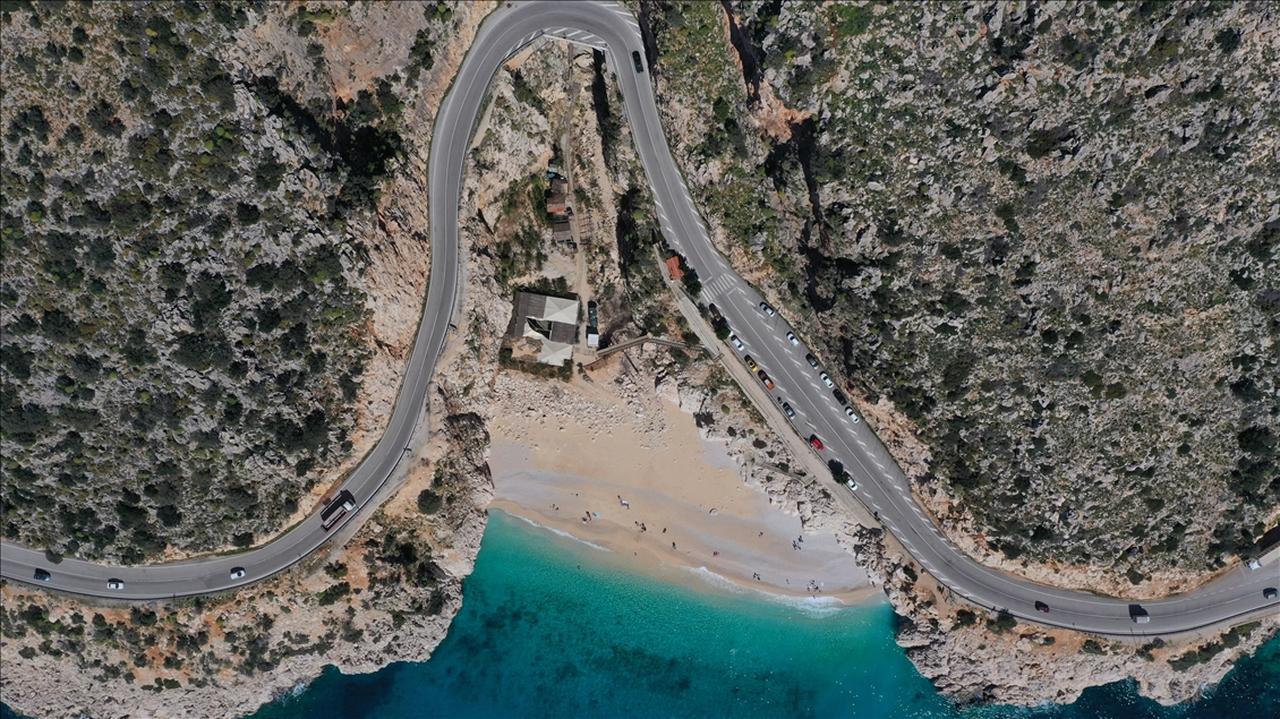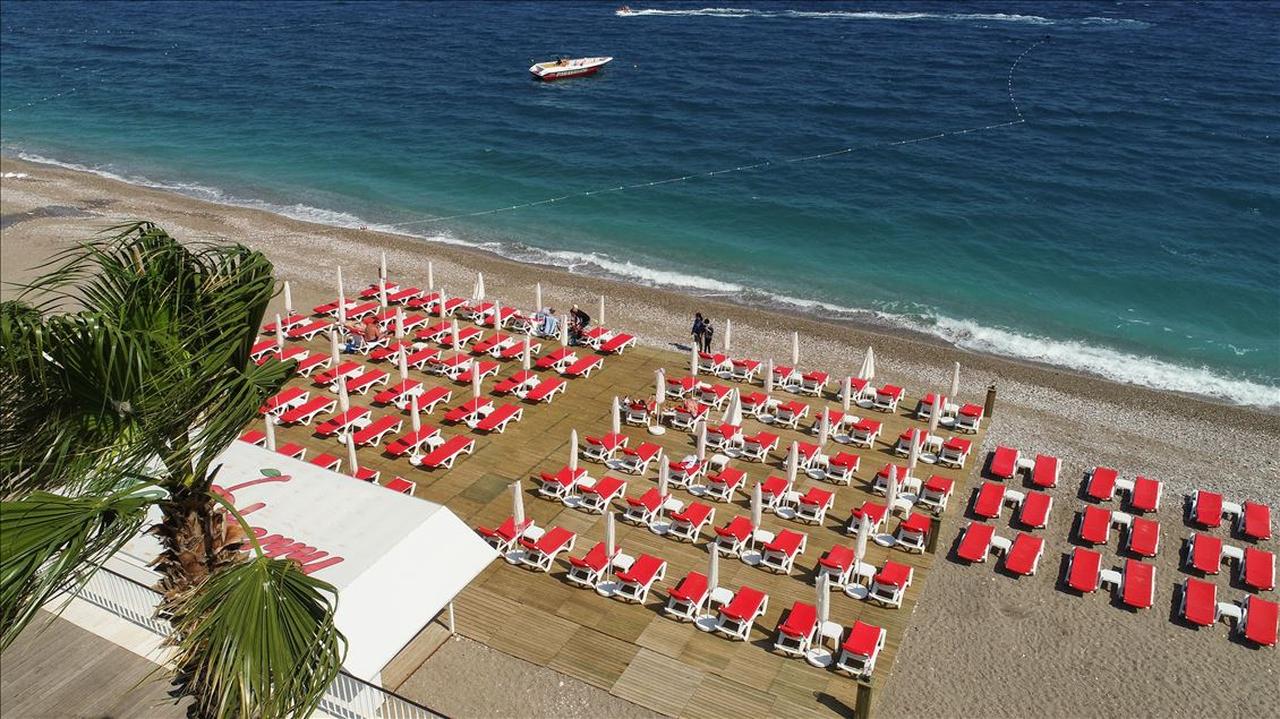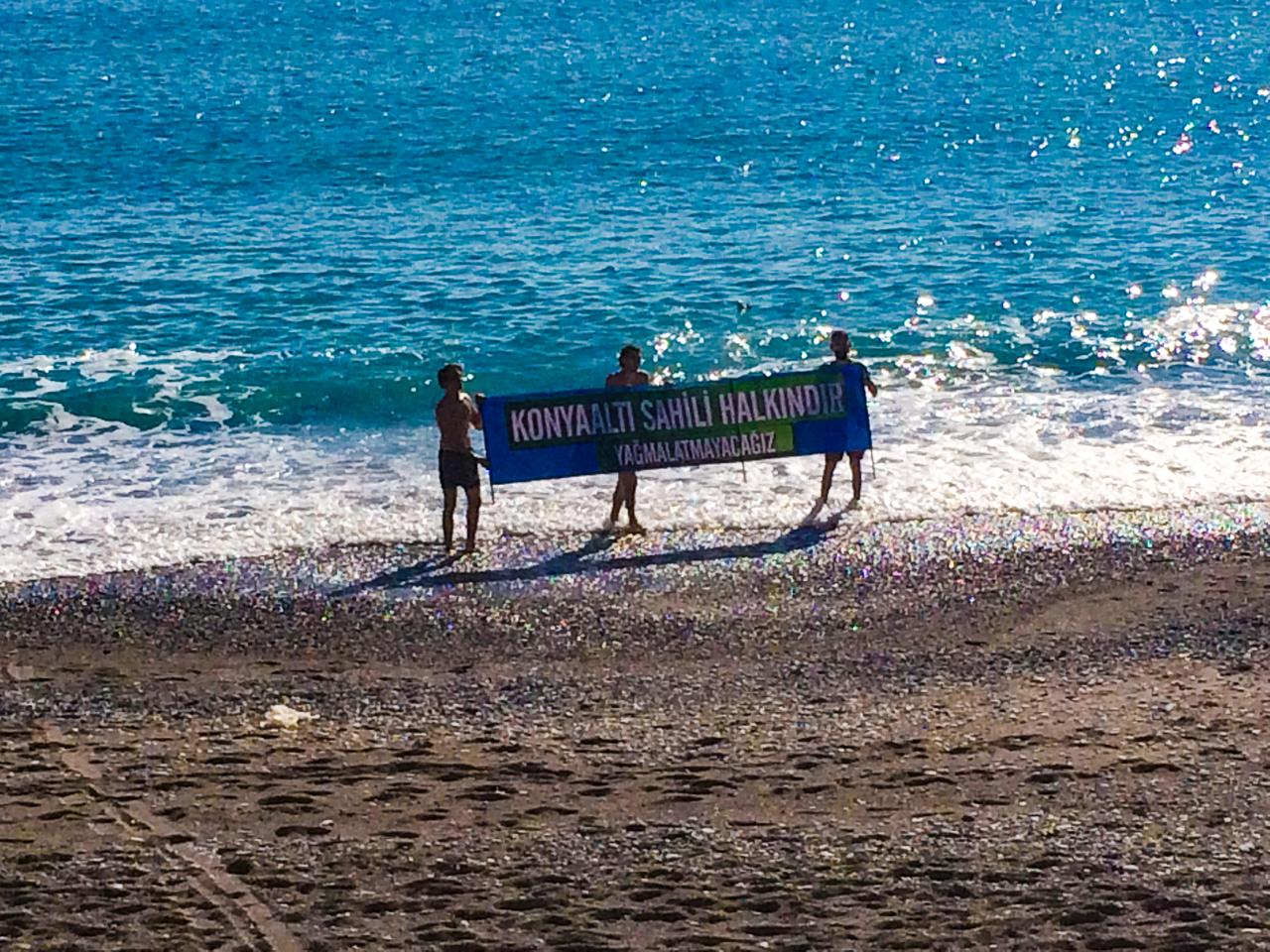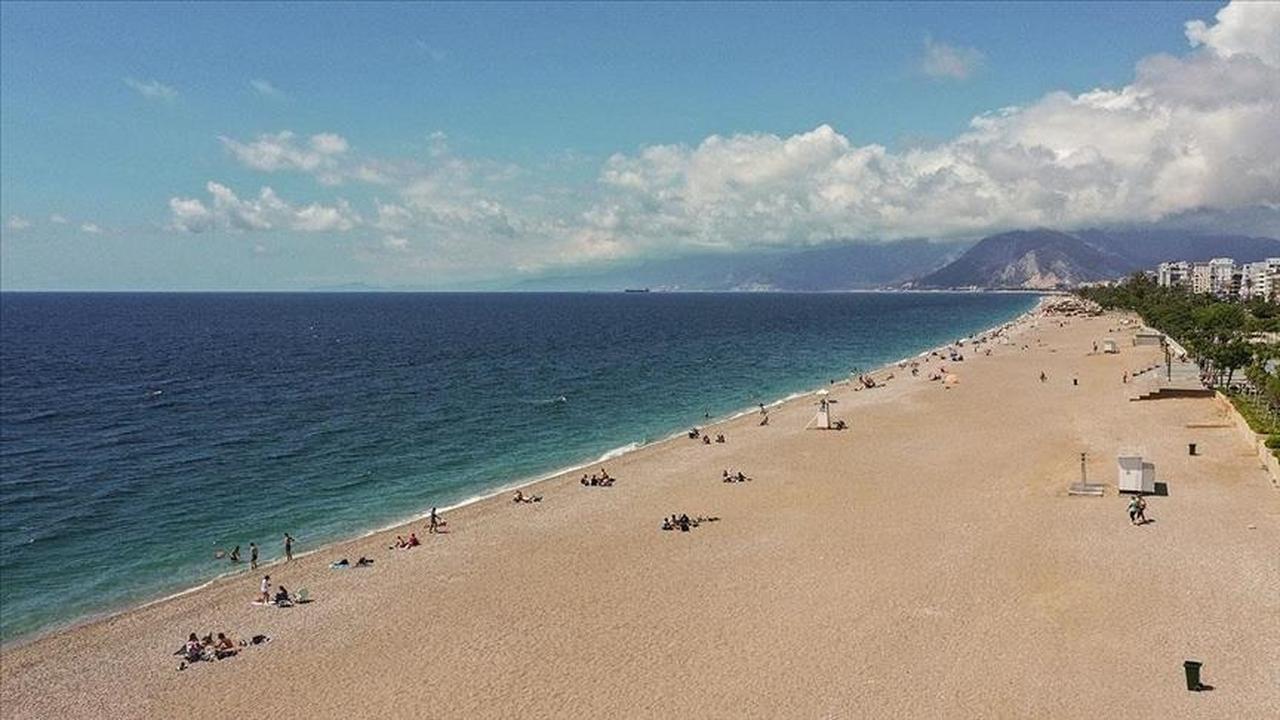
If Türkiye’s summer life had a core, it would be found along the turquoise coast of Antalya. You’ll find everything from postcard views to drone shots, making it one of the Mediterranean's most popular destinations. Yet, if we look past the beach views and chic loungers, we find a constant dispute over who should have access to beaches and who should profit from them.
So many locals and travelers visit Antalya each summer that the beaches are now prized for their scenery and a place of tension. You can discover Antalya’s top beaches in this article, those that are free and those you have to pay for, along with the latest on the controversy over beach privatization.

No matter what your budget, the largely diverse coastline of Antalya has a beach you’ll love, though you may not avoid spending some cash.
Free Public Beaches
· Konyaaltı Beach: Popular and well-maintained, this urban beach is open to all and offers mountain views. It is a favorite among many because it’s clean enough. If you prefer, simply bring your own gear and you won’t need to pay for it.
· Goynuk Public Beach: Local residents love to visit Goynuk Public Beach because it is tucked away between the hills and the dark blue sea. There will be fewer extra services, but you’ll find more real, personal experiences.
· Phaselis Beach (near Tekirova): Somewhat hidden among old buildings and a national park, Phaselis Beach is free to enter by walking or cycling, but you will have to pay a small fee if arriving by another means.
· Pirate Bay (Korsan Koyu): Covered from sight and shared by visitors only by a hike or by boat, a great spot for campers and those who love natural beauty.
Paid and private beaches in Antalya
· Lara Beach Club Areas: While part of Lara Beach is free to visit, most of the beach is under the control of hotel or club owners who charge entry fees ranging from ₺150 to ₺400 per day in 2025.
· Mermerli Beach: At Mermerli Beach, you’ll find a lot of history in Kaleici, but you’ll be asked to pay ₺180. The service means the location, sunbeds and food will be available to you.
· Mavi Lagun (in Oludeniz): This belongs to neighboring Mugla, although people often link it with Antalya, charging for views that look naturally free.
Companies involved in tourism claim fees ensure the area remains safe and well-serviced, but people find these points less convincing.

In June 2023 and again in June 2024, people in Türkiye held similar beach access protests inspired by Greece’s “Towel Movement.” Protestors placed towels on sand owned by corporations, demanding they be allowed to use the area as the law allows. In 2025, the impact of the wave will be much easier to see in Antalya.
This year, several groups, including “Kiyilar Halkindir”, set up sit-ins around Beldibi and Lara, calling for an audit of beach club licenses and permits. Even though a few thousand people participated in the protests, they created many online posts that started wider talks about gentrification, damage to the environment and elite tourism in Türkiye.
According to TURSAB in 2024, 64% of the public think beaches should stay public, regardless of what services may be lost. A minority of 29% chose limited privatization as a way to help tourism. On social media, hashtags like #PlajlarHalkındır and #ÜcretsizSahilHakkımız topped Turkish Twitter trends in May 2025.

The ministry explained that coastal public areas are covered by Article 43 of the Turkish Constitution and that it’s these areas’ local municipalities that organize and maintain the beaches.
Recently, the metropolitan mayor in Antalya announced that 12 “people’s beaches” (halk plaji) would open this summer, without charge and with toilets, fountains for drinking water and shades to sit, supported by local funds and not including private contracts.
Officials recognized that overdoing commercial interests is a matter of concern. The Tourism minister told TRT Haber that “maintaining a green environment, boosting tourism money and enabling access to citizens is among the top priorities of the government this summer.”

More publicly maintained beach zones could appear, chiefly in provinces such as Mugla, Izmir and Antalya, where beach protest media coverage has been highest. Tourists may find that the services they get on the beach are more clearly labeled and that low-cost access is free, while other privileges need to be paid for.
Because Türkiye is planning to have 75 million international tourists by 2030, the income from beach entrance fees is very attractive. Yet, privatizing beaches could cause us to question who really gains from tourism and what locals pay for it.
Antalya’s beaches have a lot more to offer than just sun and taking pictures. Urban planning debates now center on how to ensure equality, more space and sustainability. As we move into summer 2025, there will be ongoing tension between towels and turnstiles.
One thing’s for sure: the Mediterranean breeze is still free, but the sand it carries is no longer so easy to enjoy.